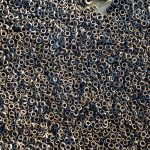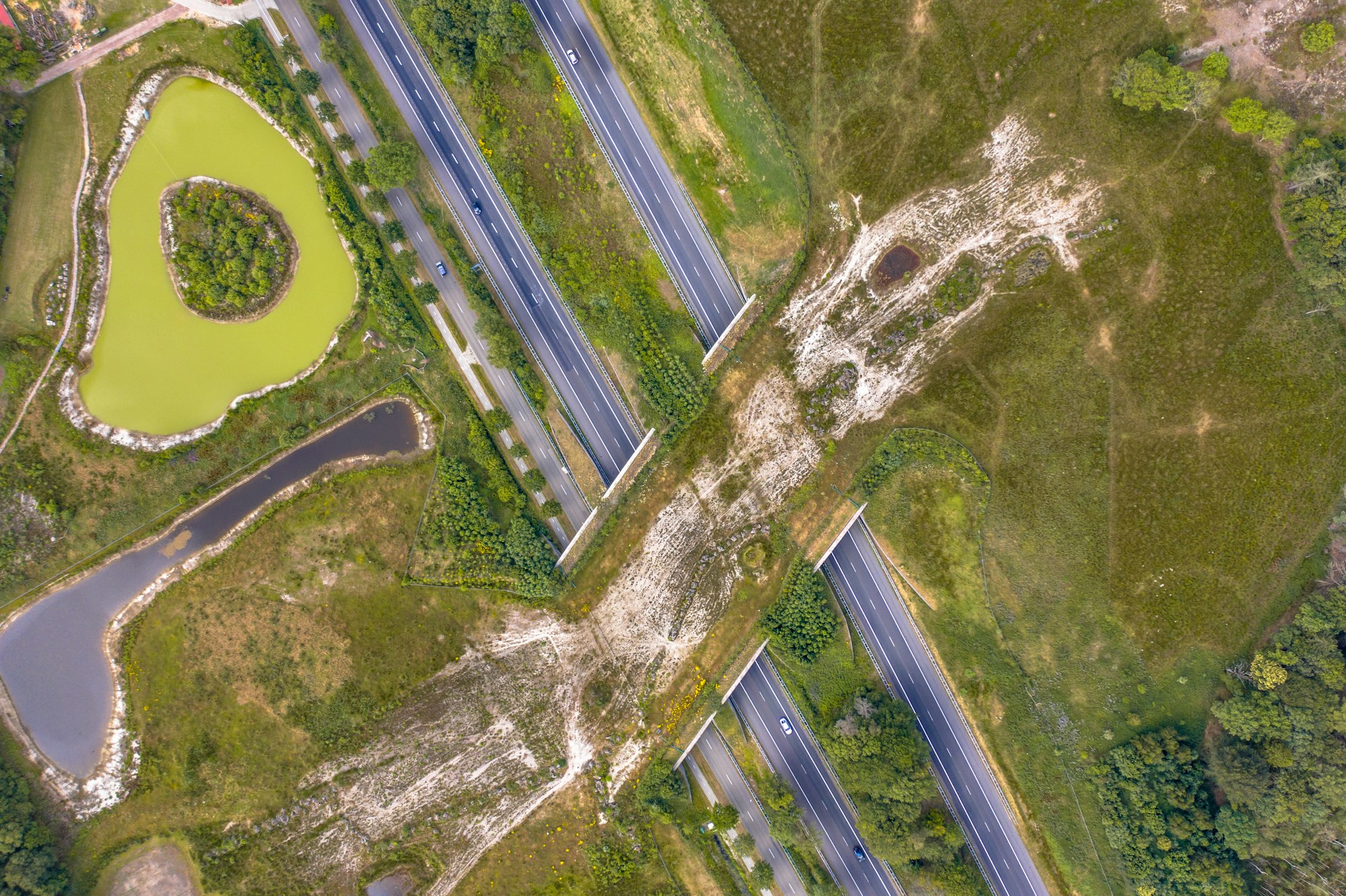Traffic and roads are an integral part of urban life. Yet, they pose significant threats to wildlife. Animals crossing roads often fall victim to vehicle collisions, causing what is widely known as roadkill. However, innovative solutions such as wildlife overpasses can mitigate this issue. This article delves into how urban wildlife overpasses can help reduce roadkill incidents in the UK. In the course of this discussion, we will refer to data and studies from sources such as Google Scholar, Crossref, and WorldCat to gain a well-rounded understanding of the topic.
Wildlife and The Urban Road Network
Urban areas are often bustling with human activity and infrastructural development. However, these areas are also home to various wildlife species. Roads running through these habitats can disrupt the natural life cycle of the animals, causing roadkill incidents. Wildlife-vehicle collisions are not just detrimental to the species involved, but they can also pose a significant threat to human safety. Solutions such as wildlife overpasses are, therefore, critical to mitigate the risk of such incidents.
Sujet a lire : What Are the Benefits of Phytoremediation in Brownfield Site Restoration?
According to data sourced from WorldCat and Google Scholar, the UK witnesses a significant number of roadkill incidents each year. This is primarily due to the extensive road network cutting through various habitats. Urban areas, in particular, see a high number of such incidents due to the high density of both wildlife and vehicle traffic.
Understanding Wildlife Overpasses
Wildlife overpasses are structures built over roads to allow wildlife to cross the road safely. These overpasses mimic natural habitats, making them appealing to the wildlife in the area. Studies have shown that these structures can significantly reduce the number of wildlife-vehicle collisions on the roads they span.
A lire en complément : What’s the Impact of Virtual Tutors on UK’s Distance Education?
For instance, a study published on Crossref highlighted how wildlife overpasses in Banff National Park in Canada reduced wildlife-vehicle collisions by more than 80%. Similar studies conducted in the UK and indexed by Google Scholar have echoed these findings, demonstrating that wildlife overpasses can be a highly effective mitigation measure against roadkill incidents.
Implementing Wildlife Overpasses in the UK
The implementation of wildlife overpasses in the UK involves a series of steps from planning to construction. The process begins by studying the particular area and assessing the movement patterns of local wildlife. This involves careful consideration of the species in the area, their habitat, and their crossing behaviors. The data collected during this phase is crucial in designing an overpass that caters to the specific needs of the animals in the area.
Once the design is finalized, the construction of the overpass begins. It is crucial to ensure minimal disturbance to the existing habitat during this phase. Post-construction, monitoring is conducted to assess the effectiveness of the overpass in reducing wildlife-vehicle collisions.
The Role of Local Communities and Regulatory Bodies
The success of wildlife overpasses in reducing roadkill incidents is not only dependent on their design and implementation. The role of local communities and regulatory bodies is equally crucial. Local communities can play a critical part by reporting roadkill incidents and helping gather data on wildlife crossing behaviors.
Regulatory bodies, on the other hand, can enforce laws and regulations that support the implementation of wildlife overpasses. In the UK, bodies such as the Department for Environment, Food and Rural Affairs (DEFRA) and the Highways Agency have key roles in ensuring the successful implementation of these structures.
Future Perspectives
The application of wildlife overpasses in urban areas in the UK is still in its early stages. However, the results from areas where they have been implemented show promise. By reducing roadkill incidents, these structures can contribute significantly to wildlife conservation efforts.
The role of technology can also not be overstated in this context. Advanced tracking and monitoring technologies can help gather more accurate data on animal movement and crossing behaviors. This, in turn, can inform the design and implementation of more effective wildlife overpasses.
While the challenges are many, the potential benefits of wildlife overpasses in reducing roadkill incidents are significant. They represent a critical step towards creating safer urban habitats for wildlife and reducing the ecological impact of our road networks.
The Impact of Wildlife Overpasses in the UK
Understanding the impact of wildlife overpasses in the UK requires a careful analysis of data and studies available from trusted sources such as Google Scholar, Crossref, and WorldCat. Several studies have shown a significant reduction in wildlife-vehicle collisions in areas where wildlife overpasses have been implemented.
The British Trust for Ornithology, as reported on Google Scholar, found a decline in bird mortality rates on roads where overpasses were installed. Similarly, research conducted by the University of Reading, indexed on Crossref, indicated a decrease in road mortality for mammals such as badgers, foxes, and deer around areas with wildlife crossing structures.
The overpasses provide a safe passage for the animals across busy roads, reducing the risk of roadkill incidents. Also worthy of note is the role of these structures in maintaining ecological balance. They enable wildlife to access different parts of their habitat, promoting genetic diversity and overall ecosystem health.
Moreover, the structures create safer driving conditions. A study indexed on Google Scholar showed that vehicle collisions with large mammals dropped by nearly 50% in areas with wildlife overpasses. The overpasses, therefore, not only contribute to wildlife conservation but also to human safety.
The Way Forward: Collaborative Efforts and Technological Advancements
The fight against roadkill is not a fight to be fought alone. It requires the concerted collaborative efforts of individuals, communities, researchers, and regulatory bodies. Local communities can actively participate by reporting sightings of wildlife and roadkill incidents. This data can be invaluable to researchers studying wildlife movement and habitat suitability.
Regulatory bodies such as DEFRA and the Highways Agency need to continue enforcing laws and regulations that promote the construction and maintenance of wildlife overpasses. Policymakers should also consider introducing incentives for urban areas that incorporate wildlife crossing structures in their city planning.
Technological advancements also hold a promising future in mitigating roadkill incidents. Advanced tracking and monitoring technologies can provide researchers with accurate and real-time data on animal movement. This can significantly improve the design of future wildlife overpasses and enhance the effectiveness of existing ones.
Moreover, the use of technology can extend beyond data collection. For instance, smart road systems equipped with sensors can detect animals near the roadway and alert drivers, thereby reducing the chance of vehicle collision.
Conclusion
In conclusion, urban wildlife overpasses have proven to be an effective mitigation measure for reducing roadkill incidents in the UK. The data and studies sourced from Google Scholar, Crossref, and WorldCat offer compelling evidence of their success. However, to make the most of these structures and to ensure their effective implementation, a collaborative approach is required.
Local communities, regulatory bodies, and researchers must work together to gather data, enforce regulations, and design effective crossing structures. Technological advancements should also be leveraged to enhance the effectiveness of wildlife crossings. Ultimately, the goal is to create safer urban habitats for wildlife and to reduce the ecological impact of our road networks. With continued efforts and advancements, we can look forward to a future where roads and wildlife co-exist harmoniously.






